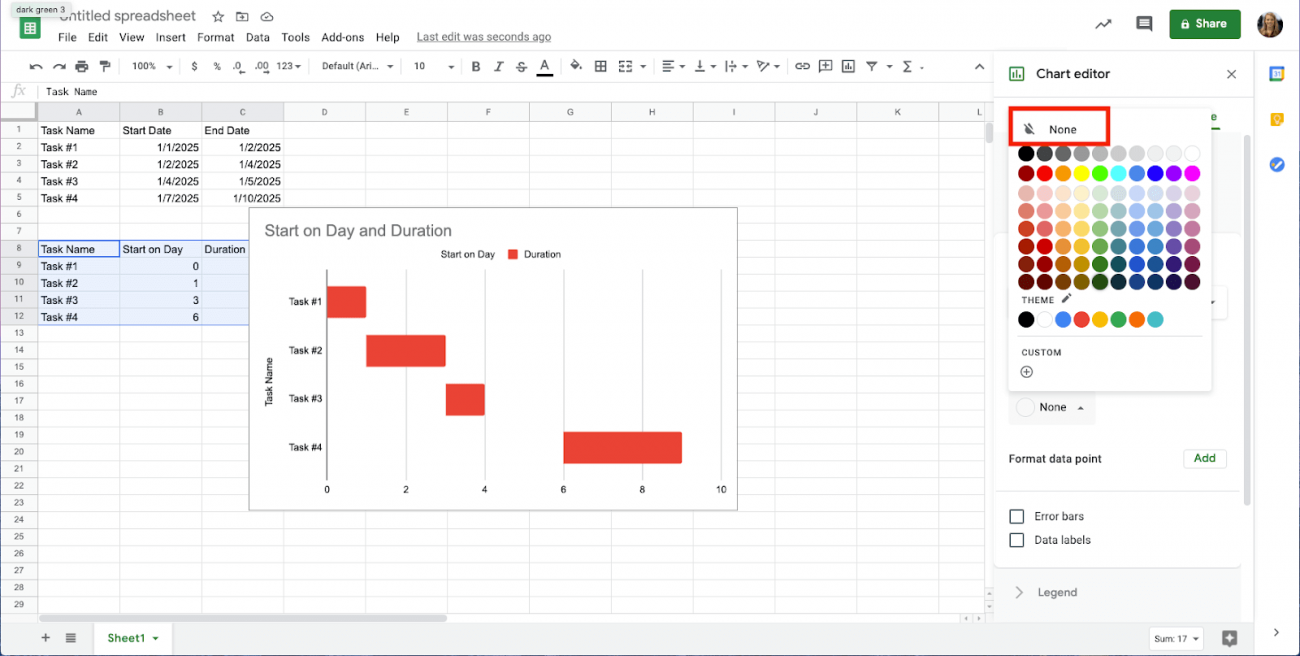Organize Your Sign Inventory with Excel: Quick Tips

Inventory management is a crucial aspect of any business operation, particularly for sign-making companies where keeping track of materials, designs, and orders can get quite overwhelming. This guide will show you how to organize your sign inventory using Microsoft Excel, a tool widely known for its versatility and powerful data organization capabilities. Whether you're a seasoned sign maker or just starting, these Excel tips will streamline your sign inventory management, enhancing efficiency and reducing the likelihood of errors.
Why Use Excel for Sign Inventory?

Excel's grid-like interface is perfect for tracking inventories of any size:
- It allows for structured data entry.
- Offers sorting, filtering, and formula functionalities.
- Is cost-effective as it's commonly included in most business software suites.
Setting Up Your Excel Sheet

Start by creating columns for all the data points you want to track:
| Column Name | Description |
|---|---|
| ID | Unique identifier for each sign. |
| Name | Name of the sign or project. |
| Type | Type of sign (e.g., road sign, business sign). |
| Quantity | Number of signs on hand. |
| Location | Physical location within your storage or warehouse. |
| Status | Current status (e.g., in production, completed, shipped). |
| Order Date | Date the sign was ordered. |
| Delivery Date | Expected or actual delivery date. |
| Client | Who ordered the sign. |

Entering Data

Input your sign inventory data into these columns:
- Use data validation to ensure consistency in data entry, like using drop-down lists for sign types or status.
- Ensure each entry has a unique ID to prevent duplicates.
- For dates, use the Excel date format for easy sorting and calculations.
Utilizing Formulas

Here are some formulas to consider:
- SUMIF or SUMIFS: To calculate total quantities based on specific criteria (e.g., only for signs in stock).
- VLOOKUP: For looking up client information in another table.
- Conditional Formatting: Highlight cells based on criteria like low stock or upcoming delivery dates.
💡 Note: Use conditional formatting wisely as overuse can make your spreadsheet cluttered and difficult to read.
Tracking and Updating

Your inventory is dynamic; here's how to keep it up-to-date:
- Regular Updates: Set up a schedule for updating your inventory data, ideally before or after important milestones.
- Real-time Data Entry: Train your team to enter data as orders come in or as production progresses.
- Use of Pivot Tables: Create pivot tables to view data from different perspectives, which helps in reporting and analysis.
Streamlining Operations
Here are some advanced Excel features to streamline your inventory process:
- Macros: Automate repetitive tasks like updating stock levels or generating reports.
- Power Query: To merge data from multiple sources or clean data for consistency.
- Data Validation: Use drop-down lists to ensure accuracy when entering data.
Using these features can significantly cut down the time spent on administrative tasks, allowing for a focus on production and customer service.
The end result of properly organizing your sign inventory with Excel is a more streamlined operation where errors are minimized, productivity is boosted, and customer satisfaction is heightened through accurate tracking and fulfillment of orders.
What if I make a mistake while entering data?

+
Excel has built-in features like 'Undo' to correct mistakes. Regular backups or cloud-based Excel can also help recover from accidental data loss.
Can I share my Excel inventory with my team?

+
Yes, Excel Online allows for real-time collaboration where multiple users can edit the same spreadsheet simultaneously.
How do I prevent data duplication?

+
Use a unique ID for each sign and employ data validation rules to ensure each ID is used only once.
To conclude, managing your sign inventory with Excel doesn’t just keep your business organized; it empowers you with insights into your operations. By following these tips, you can transform a traditionally cumbersome task into a seamless, data-driven process that supports growth and efficiency in your sign-making enterprise.



